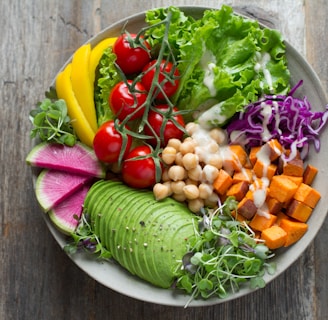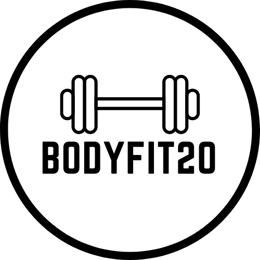Diet Plans
The Role of Diet in Maximizing EMS Results
EMS (Electrical Muscle Stimulation) training is a revolutionary way to achieve muscle toning, fat loss, and strength gain in a short amount of time. However, to fully maximize the benefits of EMS, following a well-balanced diet is crucial. The combination of EMS workouts and the right nutrition plan can help increase energy levels, accelerate muscle recovery, and promote fat loss more effectively than training alone. Whether your goal is to build muscle, lose weight, or enhance performance, choosing the right diet plan will help you achieve faster and more sustainable results.




High-Protein Diet for Muscle Growth & Recovery
EMS training activates deep muscle contractions, making it essential to consume enough protein for muscle repair and growth. A high-protein diet will support muscle regeneration and prevent muscle breakdown.
Best Protein Sources:
Lean meats (chicken breast, turkey, lean beef)
Fish (salmon, tuna, cod)
Eggs and egg whites
Plant-based proteins (lentils, chickpeas, quinoa, tofu, tempeh)
Greek yogurt, cottage cheese
Protein shakes or supplements (whey, casein, or plant-based proteins)
Example Meal Plan:
Breakfast: Scrambled egg whites with avocado on whole-grain toast
Lunch: Grilled salmon with quinoa and steamed broccoli
Dinner: Chicken stir-fry with brown rice and vegetables
Snacks: Protein smoothie with banana, almonds, and Greek yogurt


Low-Carb & Ketogenic Diet for Fat Loss
For those focusing on weight loss and fat reduction, a low-carb or ketogenic diet can help accelerate fat burning while complementing EMS training. Since EMS training activates muscle contractions without high-intensity cardio, lowering carbohydrate intake forces the body to burn stored fat for energy instead of glucose.
Best Low-Carb Foods:
Lean proteins (chicken, turkey, fish)
Leafy greens and non-starchy vegetables (spinach, kale, asparagus)
Healthy fats (avocados, nuts, seeds, olive oil, coconut oil)
Low-carb dairy (cheese, full-fat yogurt)
Eggs and fatty fish (salmon, mackerel)
Example Meal Plan:
Breakfast: Scrambled eggs with spinach and feta cheese
Lunch: Grilled chicken Caesar salad with olive oil dressing
Dinner: Baked salmon with roasted Brussels sprouts
Snacks: Handful of almonds, cottage cheese with chia seeds
Anti-Inflammatory Diet for Recovery & Pain Management
For those using EMS therapy for pain relief, muscle recovery, or injury rehabilitation, following an anti-inflammatory diet can help reduce swelling, improve joint health, and speed up healing. This diet focuses on whole, unprocessed foods that naturally lower inflammation.
Best Anti-Inflammatory Foods:
Fatty fish (salmon, sardines, mackerel)
Leafy greens (kale, spinach, Swiss chard)
Berries (blueberries, strawberries, raspberries)
Nuts & seeds (almonds, walnuts, flaxseeds)
Turmeric, ginger, and garlic
Green tea and herbal teas
Example Meal Plan:
Breakfast: Greek yogurt with mixed berries and walnuts
Lunch: Grilled salmon with quinoa and steamed greens
Dinner: Stir-fried tofu with turmeric, ginger, and brown rice
Snacks: Green tea with dark chocolate, handful of almonds


Balanced Diet for Overall Health & Energy
If you’re looking for a well-rounded diet that supports your EMS workouts, daily energy levels, and general well-being, a balanced diet with the right mix of proteins, carbohydrates, and healthy fats is the best approach. This diet ensures steady energy levels, improves recovery time, and maintains muscle tone.
Best Balanced Foods:
Whole grains (brown rice, quinoa, whole wheat bread)
Lean proteins (chicken, turkey, eggs, tofu)
Healthy fats (avocados, nuts, olive oil)
Fruits and vegetables (berries, oranges, sweet potatoes)
Dairy (low-fat Greek yogurt, cottage cheese)
Example Meal Plan:
Breakfast: Oatmeal with almond butter and blueberries
Lunch: Grilled chicken with quinoa and roasted vegetables
Dinner: Turkey and vegetable stir-fry with brown rice
Snacks: Hummus with carrots, apple slices with peanut butter


Contact Us Today
Reach out for EMS workouts or diet planning inquiries. We're here to help you achieve your fitness goals efficiently.
Connect
Support
Hours
Monday - 9am-8pm
Tuesday - 6am-7pm
Thursday - 6am-7pm
Wednesday - 9am-8pm
Friday - 9am-8pm
Saturday - 10-am-4pm


Fitness
Transform your body with EMS and diet plans.
Nutrition
Training
alexserwatkiewicz@gmail.com
(773) 691-9957
© 2025. All rights reserved.


